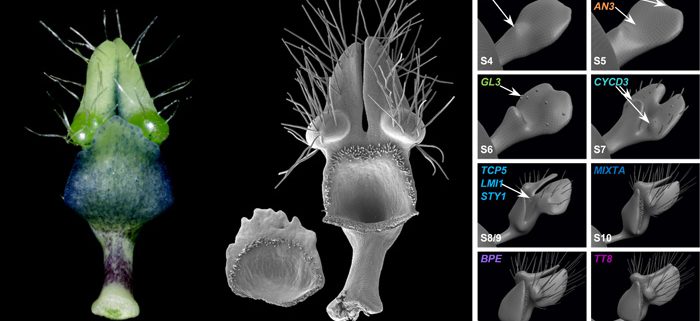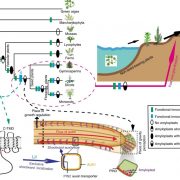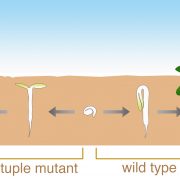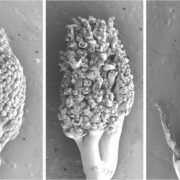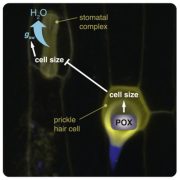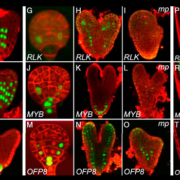Towards Uncovering the Developmental Mechanisms of Elaborate Petals: Nigella damascena as a Beginning
Zhang et al. explore the mechanisms underlying elaborate petal development and specialized character formation in Nigella damascena. Plant Cell https://doi.org/10.1105/tpc.20.00330
By Rui Zhang, Xuehao Fu, Caiyao Zhao, Jie Cheng, Hongyan Shan, and Hongzhi Kong
Background: Petals can be simple or elaborate, depending on whether they have modifications along their margins or on their adaxial/abaxial side, or both. Elaborate petals have been recorded in many flowering plants and are believed to have played key roles in the adaptive evolution of the corresponding lineages. Many elaborate petals also bear highly specialized morphological features, suggestive of lineage-specific new character originations. The mechanisms underlying the formation of elaborate petals, however, are largely unclear.
Question: Petals of Nigella damascena (Ranunculaceae) have long been recognized as being elaborate, possessing not only a stalked bilabiate basic structure but also several highly specialized morphological characters (e.g., long hairs, short trichomes, nectary, and pseudonectaries). So, which genes or programs are required for the formation of elaborate petals in N. damascena and, of them, which are shared by, or different between, elaborate and simple petals?
Findings: By performing detailed time-course transcriptomic analyses, we not only found the genes and programs that are specifically or preferentially expressed in N. damascena petals but also discerned those that are required for elaborate rather than simple petal development. By correlating the expression patterns of genes and developmental changes of petals, we also identified 30 candidate genes that may play key roles in elaborate petal development (including the establishment of the bilabiate basic structure and the initiation of the aforementioned highly specialized morphological characters). Functional analyses further suggested that one of the candidate genes, NidaLMI1, whose counterparts in other species are involved in the formation of dissected leaves, tendrils or trichomes rather than petal development, appears to be indispensable for the initiation of short trichomes and the bifurcation of the lower petal lips.
Next steps: We plan to conduct detailed expression and functional investigations on other candidate genes, identify the other genes and programs required for elaborate petal development and elucidate the mechanisms underlying elaborate petal evolution.
Rui Zhang, Xuehao Fu, Caiyao Zhao, Jie Cheng, Hong Liao, Peipei Wang, Xu Yao, Xiaoshan Duan, Yi Yuan, Guixia Xu, Elena M Kramer, Hongyan Shan, and Hongzhi Kong. (2020). Identification of the Key Regulatory Genes Involved in Elaborate Petal Development and Specialized Character Formation in Nigella damascena (Ranunculaceae). Plant Cell. https://doi.org/10.1105/tpc.20.00330.


